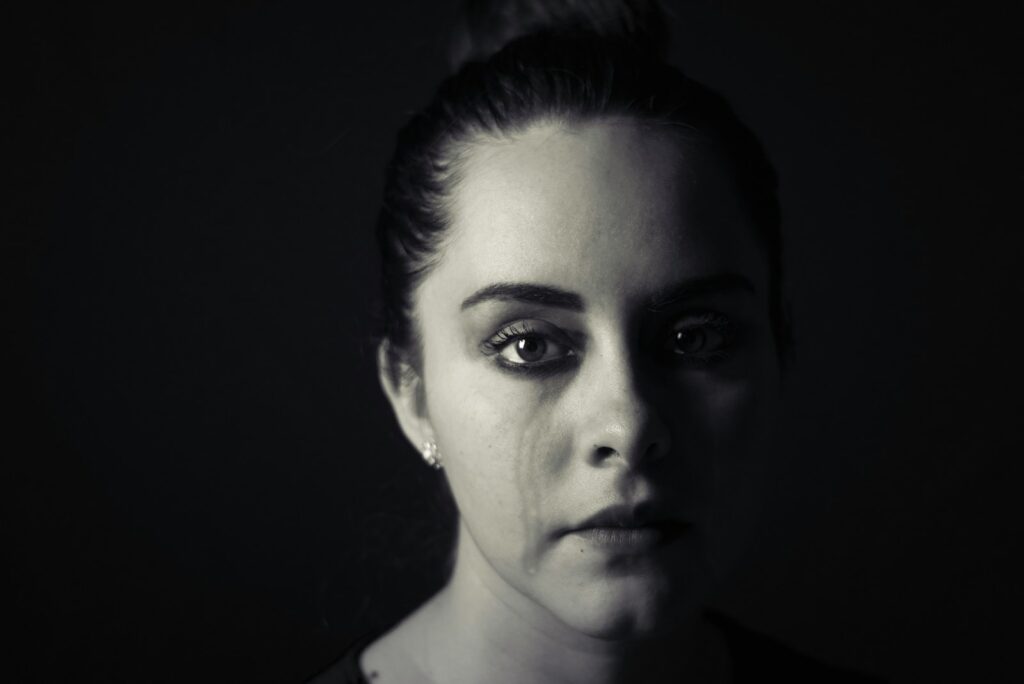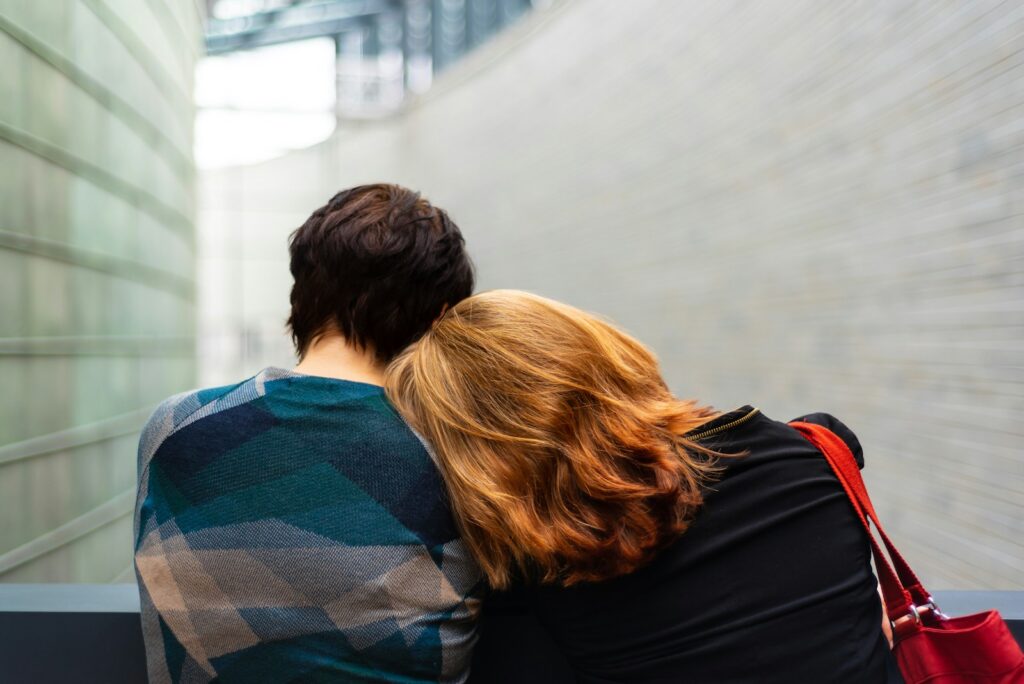Individuals with bipolar disorder often exhibit extreme shifts in mood. Such may range from depression to mania to extreme elation. Older people who discover they are suffering from this mental health condition may have been poorly diagnosed throughout their lives or may simply be showing initial symptoms of the illness. This article looks at bipolar disorders in general and what happens if an individual is diagnosed with it later in their life.

Understanding Bipolar
Bipolar disorder affects one’s mental health condition. Suffering from bipolar means you are likely to experience episodes of depression and mania, all of which can negatively impact your life. A person with bipolar disorder can be in great despair or a state of extreme joy, thus impacting their ability to function well. As a result of this, one may find it challenging to keep jobs, maintain healthy relationships, and live a stable life. Science does not give a reason for what causes bipolar disorder but brain functioning, genetics, and environment are factors that are believed to contribute to the illness. When suffering from this condition, it’s imperative to seek help from one of the many facilities dealing with bipolar treatment Mission Viejo can offer.

Diagnosing Bipolar in Older Adults
The notion that bipolar burns out with time is only a fallacy. Furthermore, research has demystified the idea that bipolar disorder is only prevalent among young people. A study conducted in 2015 found that approximately 25 percent of those with bipolar are older adults of at least sixty years of age. Numerous studies consider bipolar disorder beginning at fifty years and above to be LOBD. At least five to ten percent of those diagnosed with this illness will be fifty and above when symptoms of mania or hypomania begin to show.
Diagnosing symptoms of bipolar disorder can be challenging in older adults because doctors confuse these symptoms with those of other conditions. For instance, symptoms such as aggressiveness, sleep disturbances, and psychosis can be confused with depressive disorder or dementia.
Treating Bipolar Disorder in Older People
Increased research has resulted in increased treatment options for bipolar disorder in older adults. Although evidence exists that medications treat LOBD, clear treatment strategies are still required. The common medications for treating this condition include antipsychotics, mood stabilizers, antidepressants, and anxiety medication. A doctor may prescribe one or more of these medications along with other supportive treatment techniques such as psychotherapy.
Final Thoughts
If you believe that you or someone you love is suffering from bipolar disorder, it’s essential to speak to a doctor to determine how best to assist them. Bipolar disorder can manifest in people of all ages and not young people alone. Do not neglect severe mood changes as signs of aging. Other symptoms of the onset of bipolar among older adults include disorientation and confusion, irritability, insomnia, and being easily distracted. Also, watch out for depressive episodes such as suicidal thoughts and suicide attempts, changing habits, difficulty in remembering things, feelings of extreme fatigue, and disinterest in the things one used to love, among other symptoms.
